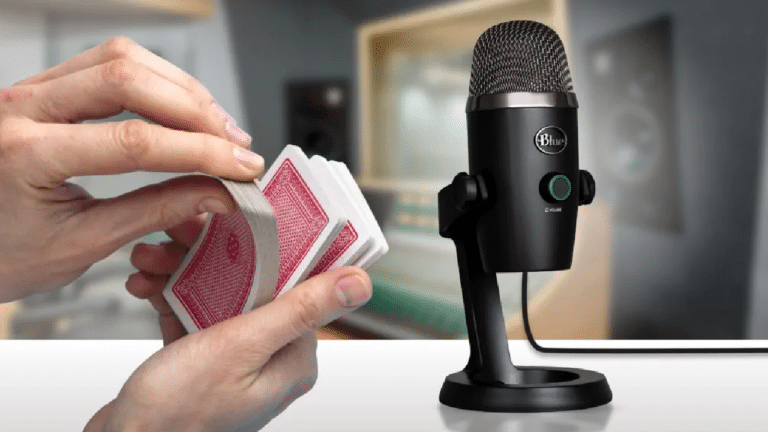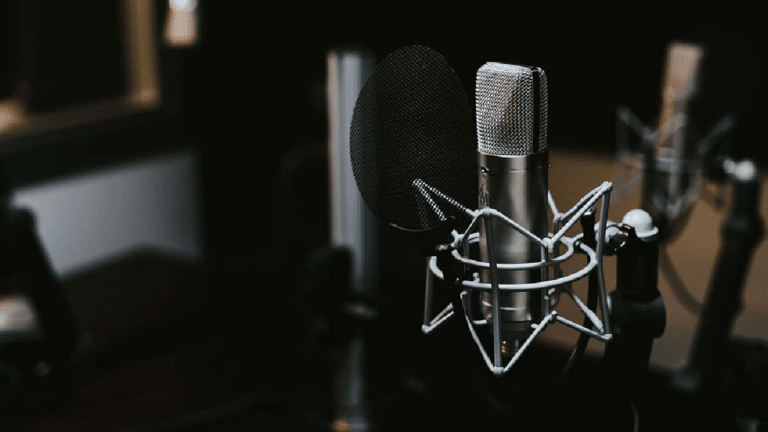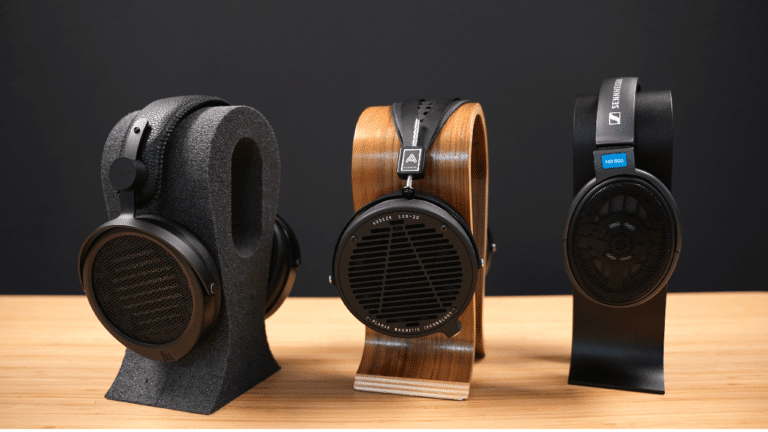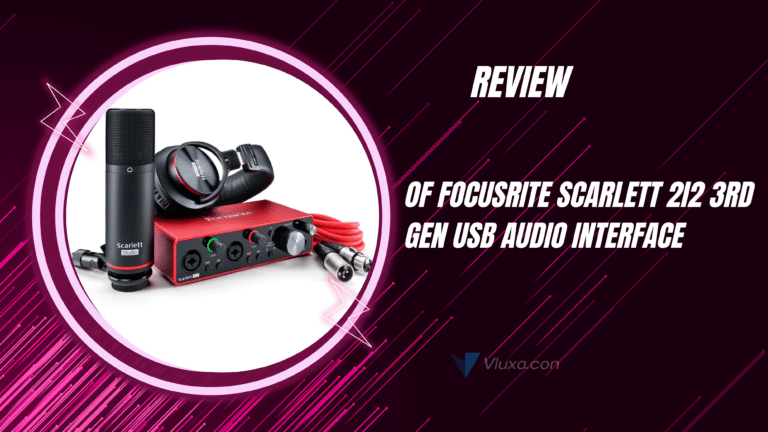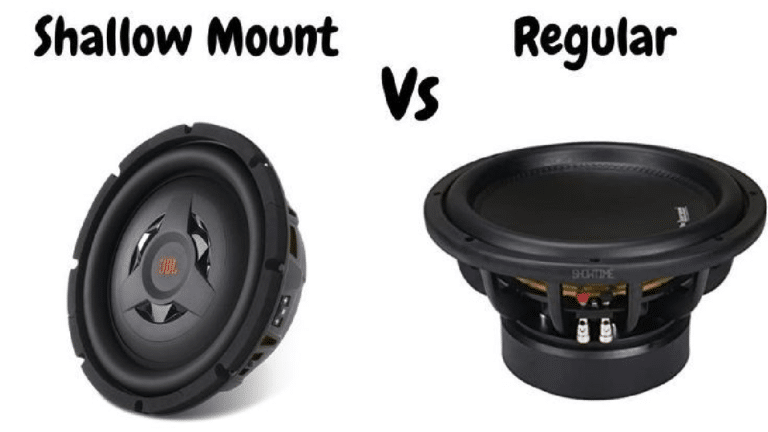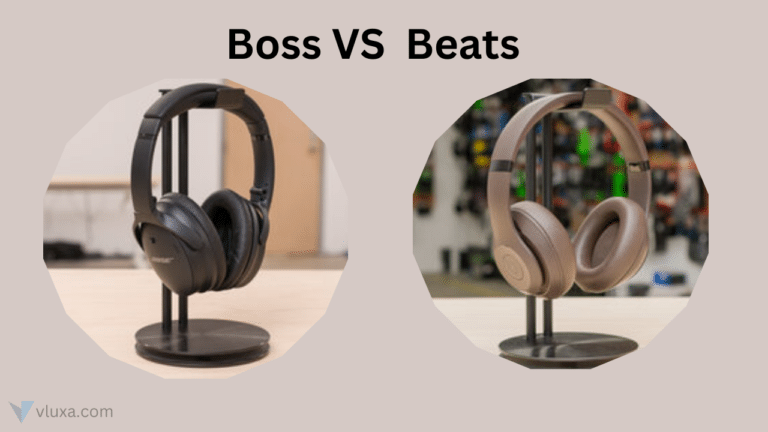When it comes to recording audio, having the right microphone can make a world of difference.
Two popular options that often come up in discussions are large diaphragm and small diaphragm microphones. Each type has its own unique characteristics and applications.
In this article, we will explore the differences between the large diaphragm and small diaphragm microphones, their advantages and disadvantages, and help you make an informed decision on which one is best suited for your needs.
What is a Diaphragm?
Before diving into the differences between large and small diaphragm microphones, let’s first understand what a diaphragm is.
In the context of microphones, a diaphragm refers to a thin, vibrating membrane that converts sound waves into electrical signals.
It is an essential component that captures the nuances of sound and plays a crucial role in the microphone’s performance.
Large Diaphragm Microphones
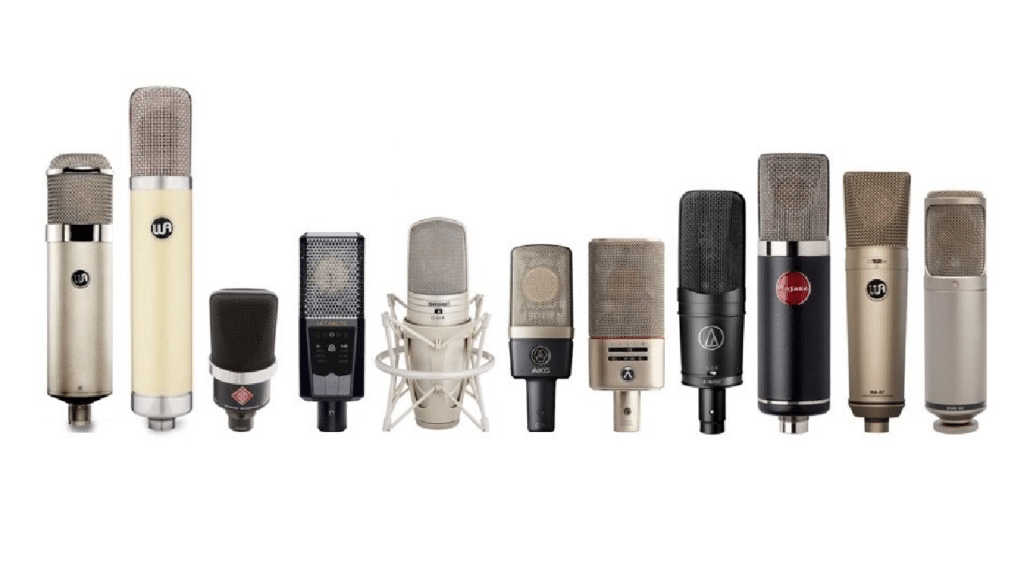
Large-diaphragm microphones, as the name suggests, feature a larger diaphragm compared to small diaphragm microphones.
The diaphragm typically ranges from 1 inch to 1.5 inches in diameter. These microphones are commonly used in recording studios and are favored for their warm, full-bodied sound.
Applications
Large-diaphragm microphones excel in capturing vocals and low-frequency instruments such as acoustic guitars, pianos, and drums.
Their ability to capture the subtle nuances of a performance and provide a rich, smooth tone makes them a popular choice for recording vocals in particular.
Pros
- Enhanced low-frequency response for bass-heavy instruments.
- Captures delicate nuances and finer details.
- Warm and full sound signature
Cons
- Bulkier design for less portability
- Less accurate off-axis response
Small Diaphragm Microphones
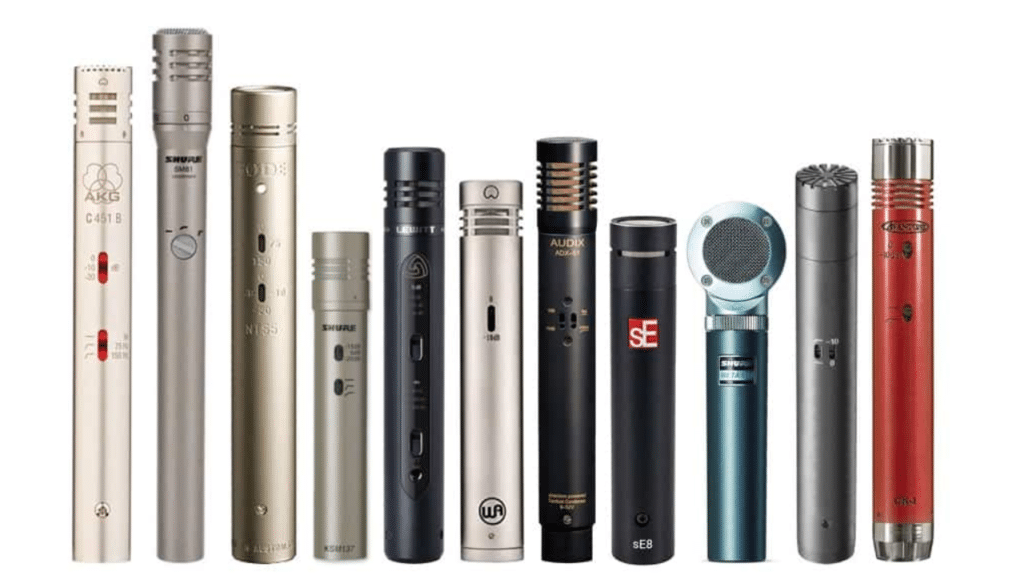
Small diaphragm microphones, also known as pencil microphones, have a smaller diaphragm, typically ranging from 0.5 inches to 1 inch in diameter.
These microphones are valued for their accuracy, extended high-frequency response, and precise transient response.
Applications
Small diaphragm microphones are commonly used in situations where capturing the detailed sound is crucial.
They are ideal for recording acoustic instruments like violins, guitars, and cymbals, as well as overhead drum miking and stereo recording techniques.
Pros
- Accurate sound reproduction for detailed instrument recording
- Extended high-frequency response for capturing bright tones
- Precise transient response for capturing instrument attacks
Cons
- Reveals imperfections, enhancing recording transparency
- Slightly reduced low-frequency response for warmth
Choosing the Right Microphone
When it comes to choosing between large diaphragm and small diaphragm microphones, several factors should be considered:
- Application: Determine the primary purpose of the microphone. Are you mainly recording vocals, low-frequency instruments, or detailed acoustic instruments?
- Sound Preference: Consider the sound characteristics you desire for your recordings. Do you prefer a warm and full sound or a more transparent and accurate representation?
- Budget: Evaluate your budget and choose a microphone that provides the best value for your specific needs.
- Room Acoustics: Take into account the acoustic properties of your recording environment and how the microphone’s characteristics will interact with the room.
Ultimately, the right microphone choice depends on your specific recording needs and personal preferences. It may be beneficial to try out different microphones and assess how they sound in your recording environment before making a final decision.
5. Conclusion
Large-diaphragm and small-diaphragm microphones offer distinct advantages and are suitable for different recording scenarios.
Large-diaphragm microphones are valued for their warm and full sound, making them an excellent choice for vocals and low-frequency instruments.
On the other hand, small diaphragm microphones excel in capturing accurate, detailed sound, making them ideal for acoustic instruments and situations where precision is paramount.
By considering your recording needs and preferences, you can make an informed decision and select the microphone that best suits your requirements.
6. FAQs
Q1: Can I use a large diaphragm microphone for recording acoustic guitar?
Yes, a large diaphragm microphone can be used for recording acoustic guitars. It can capture the warm and resonant tones of the instrument effectively.
However, small diaphragm microphones are often preferred for their accurate representation of acoustic instruments.
Q2: Are large diaphragm microphones more expensive than small diaphragm microphones?
The cost of microphones can vary widely depending on the brand, model, and features.
While large diaphragm microphones tend to be more popular and have a broader price range, there are affordable options available for both large and small diaphragm microphones.
Q3: Can I use a small diaphragm microphone for recording vocals?
While small diaphragm microphones are not commonly used for vocals, they can be used in certain scenarios where capturing the fine details of vocal performance is desired.
However, large diaphragm microphones are generally preferred for vocal recordings due to their warm and full sound characteristics.
Q4: Do large diaphragm microphones require phantom power?
Most large diaphragm microphones require phantom power, which is a method of supplying power to the microphone through the microphone cable.
It is essential to check the microphone’s specifications and ensure that your audio interface or preamp can provide phantom power if necessary.
Q5: Which microphone is better for live performances?
In live performance settings, dynamic microphones are typically more commonly used due to their durability, ability to handle high sound pressure levels, and resistance to feedback.
Large and small diaphragm microphones are generally not the primary choices for live performances.


